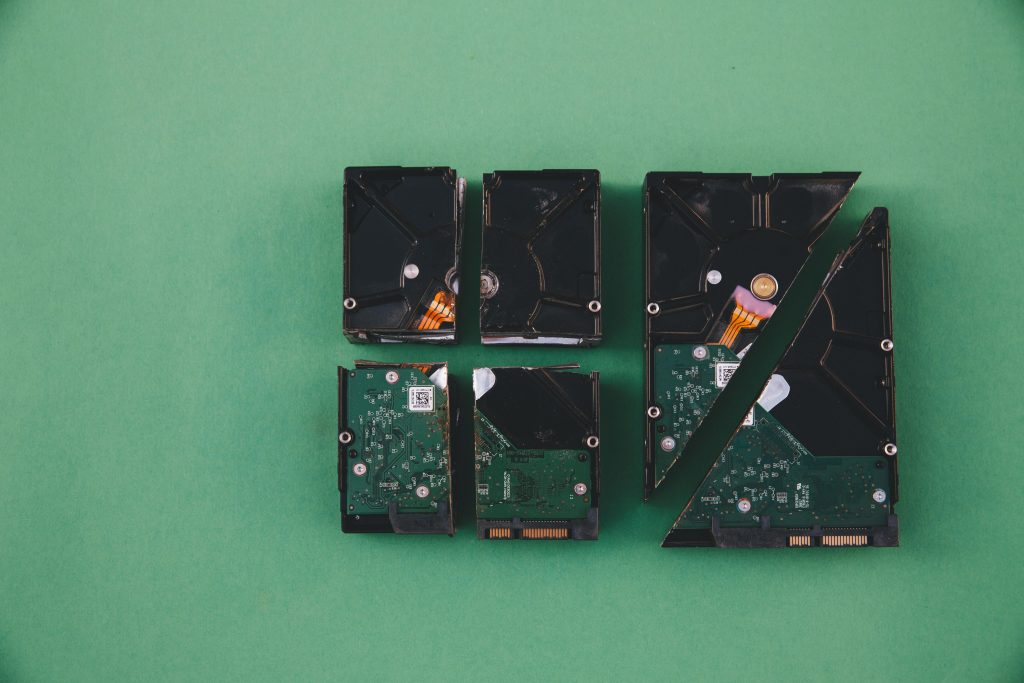The Importance of Regular Maintenance and Upgrades: A Cautionary Tale
In the world of IT infrastructure, the phrase “an ounce of prevention is worth a pound of cure” rings particularly true. Today, we faced a challenging situation when a client’s server unexpectedly failed, leading to a loss of critical data that we had been warning them about for the past three years.
Upon inspection, it was apparent that both hard drives had succumbed to years of wear and tear. Even the server’s LED indicators were so dim that I initially questioned whether they were functioning at all. Unfortunately, this was not an isolated incident; the hard drive error lights also suggested a long-standing issue.
In an effort to salvage the data, we attempted to reconstruct the RAID 10 array, but the remaining drive was far too damaged for recovery. The last successful backup was taken just two days prior, but early indications suggest that even this backup may be corrupt, complicating our recovery efforts.
The server in question was running on Windows Server 2008, which unfortunately means that we now face the daunting task of creating a new Active Directory and migrating all associated computers to the new system. This process will inevitably result in significant labor costs for the client, not to mention lost productivity during the transition.
As we reflect on this incident, one can’t help but wonder: Was it truly worth it for the client to stretch the lifespan of their server beyond its typical limits? The potential weeks of lost work, not to mention the impact on their operations, offer a sobering lesson about the risks of cutting corners on vital infrastructure.
Finally, it’s worth noting the unexpected condition of the hardware. The server was one of the dirtiest we’ve ever encountered—leading us to question whether someone in the server room had been smoking. This only underscores the importance of not only regular maintenance and upgrades but also maintaining a clean and organized server environment.
In conclusion, businesses must recognize the importance of investing in their primary technology systems. Avoiding necessary upgrades or skimping on maintenance can lead to disastrous outcomes, both in terms of financial loss and operational downtime. It’s a lesson learned the hard way, but one that can be avoided by adhering to best practices in IT management.
Share this content:


